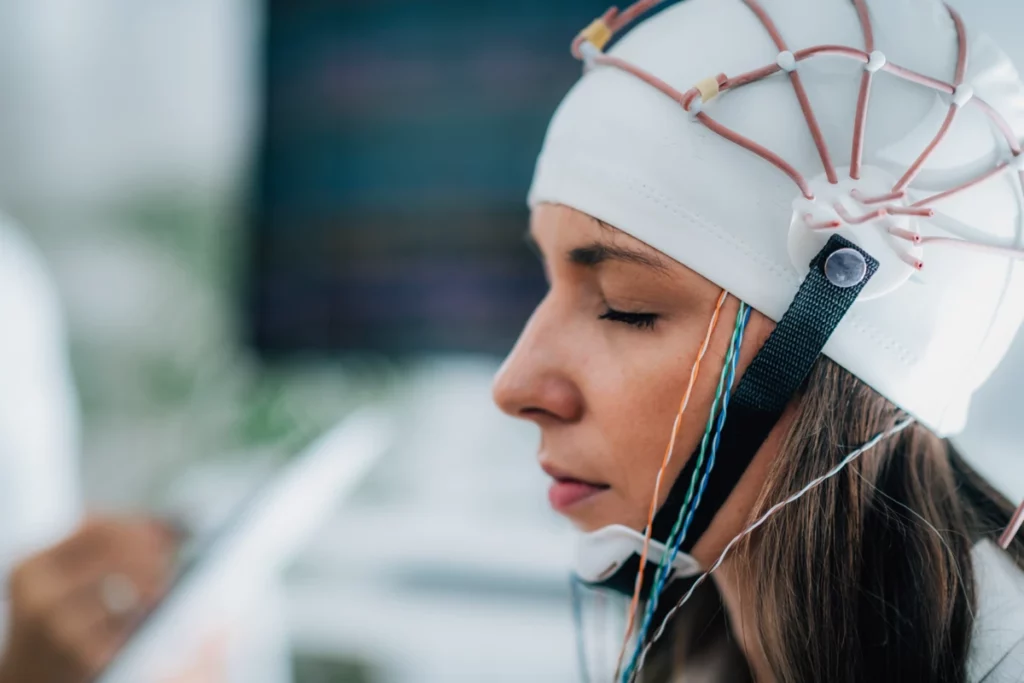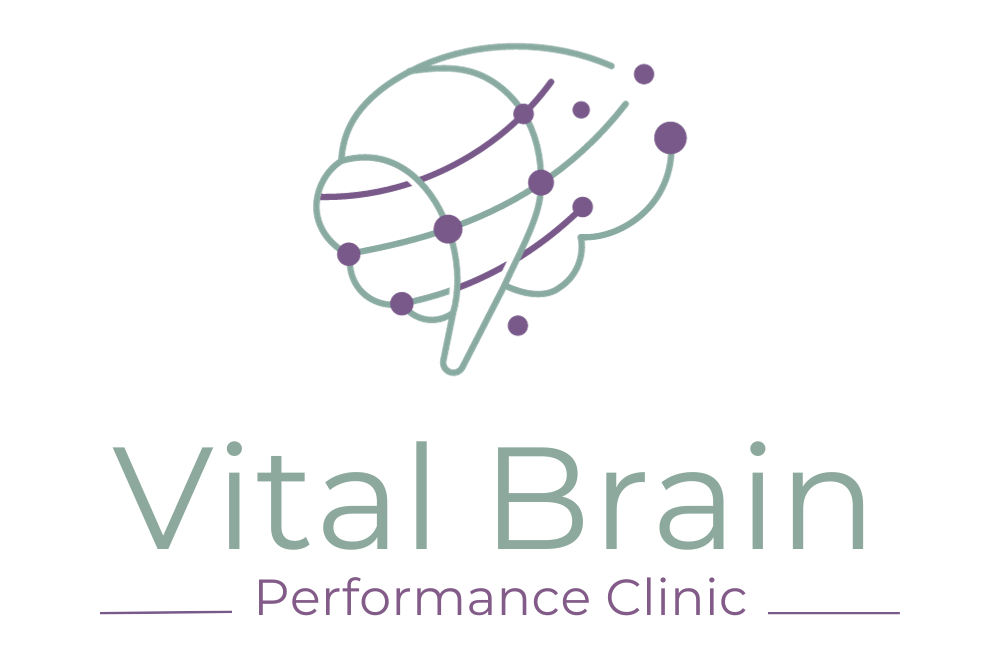The pursuit of understanding the human brain spans millennia, and recent breakthroughs in neuroscience have transformed our approach to treating complex disorders like Obsessive-Compulsive Disorder (OCD). Central to this progress is brain mapping, a groundbreaking tool that tailors OCD treatment to individual needs.
The Role of Brain Mapping in OCD Treatment

Picture navigating a vast, dark mansion representing the human brain, where rooms symbolize emotions, thoughts, and impulses. Brain mapping turns on the lights, revealing the intricate network, making navigation more straightforward. Brain mapping sheds light on the brain’s inner workings, charting the precise connections between regions governing thought and emotion. This detailed map illuminates the pathways of OCD, providing invaluable insights for understanding and treating the condition.
Brain mapping is like illuminating the mansion with a detailed blueprint, revealing the connections between emotion, thought, and impulse in vivid detail. This new awareness, crucial for understanding OCD, transforms the once-dark labyrinth into a navigable roadmap.
Before brain mapping shed light on the intricate workings of the brain, treating OCD often felt like stumbling through darkness, relying on educated guesses and barely scratching the surface of the anxiety-driven symptoms. Brain mapping changes this paradigm, exposing the neural pathways of anxiety and compulsion. It identifies unique OCD signatures etched into individual neural patterns, offering invaluable insights for tailored treatment.
Precision Medicine for OCD: Personalized Treatment Plans with Brain Mapping
As the neural pathways underlying OCD become clearer, a new era of treatment emerges—precision medicine. Rejecting the ‘one-size-fits-all’ approach, precision medicine acknowledges the unique ‘signature’ each individual’s brain possesses. Brain mapping facilitates this personalization by providing a comprehensive layout of an individual’s neural architecture.
Think of brain mapping as a detective’s blueprint, marking every clue’s exact location in a city. Solving the mystery becomes less daunting. In OCD treatment, it identifies overactive areas, suggests necessary stimulations, and pinpoints neural highways that require adjustment. Precision medicine, guided by brain mapping, optimizes treatment by addressing specific neural needs, shaping a unique journey to recovery for each patient.
Imagine patients embarking on personalized recovery journeys, guided by maps designed exclusively for them. The path becomes clearer, steps more certain, and overcoming OCD transforms from a distant dream to a realistic destination. Integrating brain mapping into treatment plans signifies a leap forward in OCD treatment, promising a truly personalized approach and paving the way for more effective, targeted therapies. For those with OCD, it offers hope—a path illuminated, a mystery unraveled, and a recovery uniquely their own.




